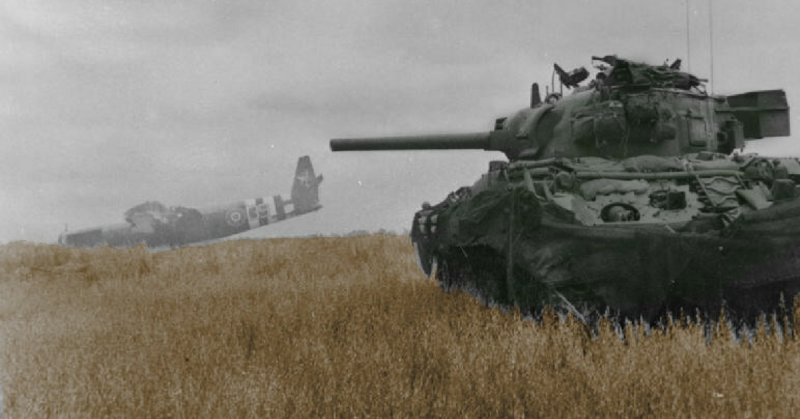As the Second World War approached, the United States of America was not well equipped for armored warfare. When the government started preparing for mass production of tanks, it did so based on misguided thinking that hindered the war effort.
A Weapon of Exploitation
In the late 1930s, the role of tanks in warfare was not properly understood by most military thinkers. There had not yet been a war between two fully industrialized nations fielding large quantities of tanks, and so experience of tank warfare was limited.
In the United States, military thinkers expected tanks to act as exploitation weapons. This meant that, when a gap was created in the enemy lines, the tanks would rush through, turning opportunity into an advantage. It would not be the role of tanks to take on and destroy other tanks. Instead, this would be done by tank destroyers, a specialist class of self-propelled guns.
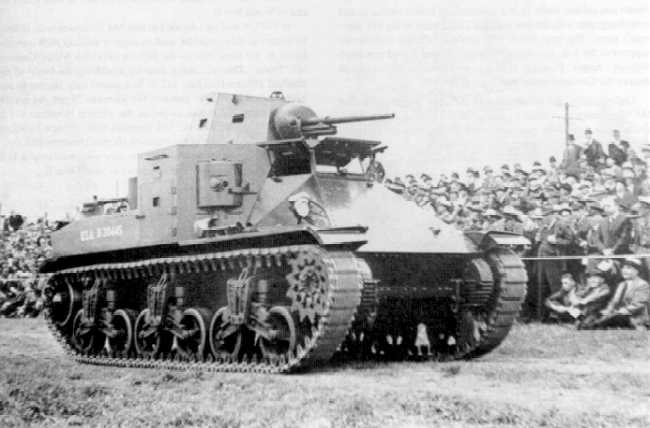
With this doctrine in mind, the focus was on relatively light tanks. For a role in exploiting gaps, speed and maneuverability were more important than heavy weapons and armor.
In 1939, as tension roses in Europe and the Pacific, the Ordnance Department started planning for America to start mass producing tanks. The tanks it sought were based on this philosophy.
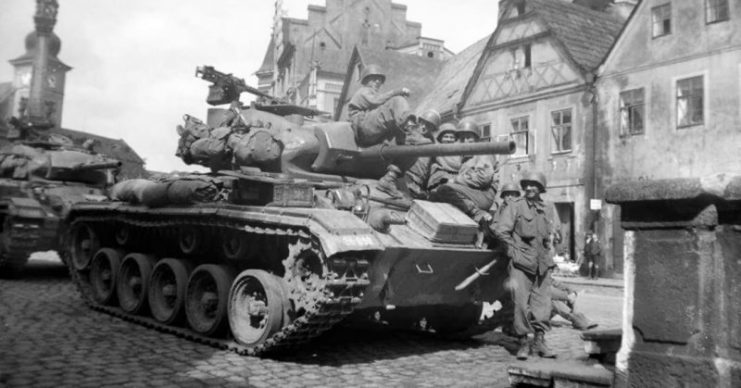
Bringing in the Auto Makers
Tank production required skills in large machine assemblies and heavy casting. In looking for this, the government turned to train manufacturers. These included the American Locomotive Company, the Baldwin Locomotive Company, and the Lima Locomotive Company.
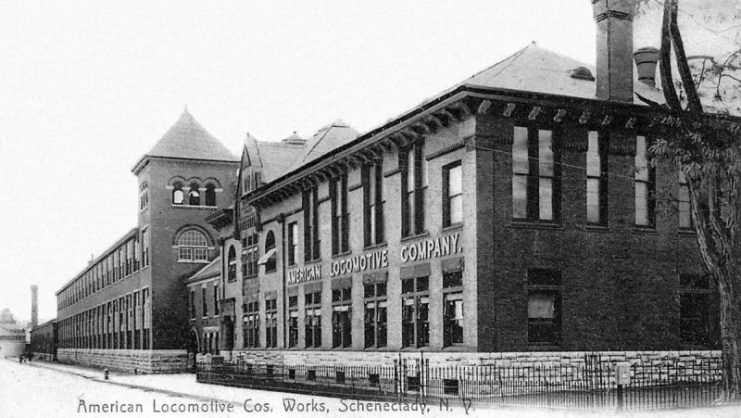
The train companies got off to a good start, meeting their production targets. But they weren’t used to producing machines in massive numbers. By June 1940 the government wanted more than they could make.
The President of General Motors, William S. Knudsen, approached the government. He pointed out that automobile manufacturers had more experience in mass production and so could do what the army wanted.
The Detroit Arsenal
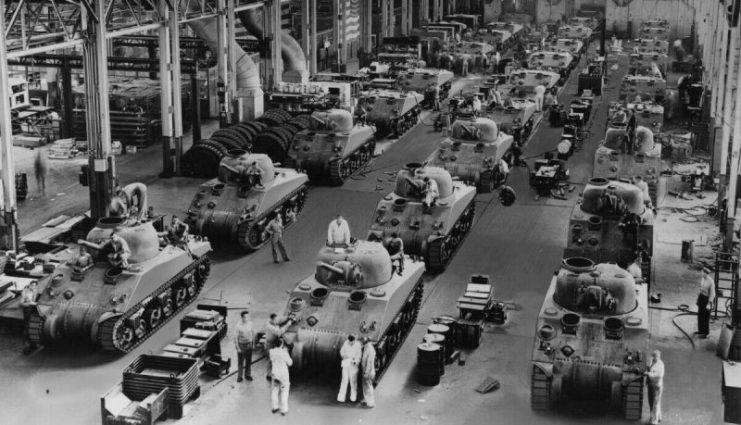
The National Munitions Program, introduced in June 1940, called for the production of 1,741 medium tanks in 18 months, following the recently completed M2A1 design. A new approach was needed to meet this ambitious target.
Knudsen approached K. T. Keller, President of the rival Chrysler Corporation, about setting up a tank factory. Chrysler looked over the schematics for the M2A1 and planned a new arsenal, to be built in Detroit as part of a $21 million contract. Chrysler started work on the facility in September 1940. Seven months later, the first tanks rolled off the line.
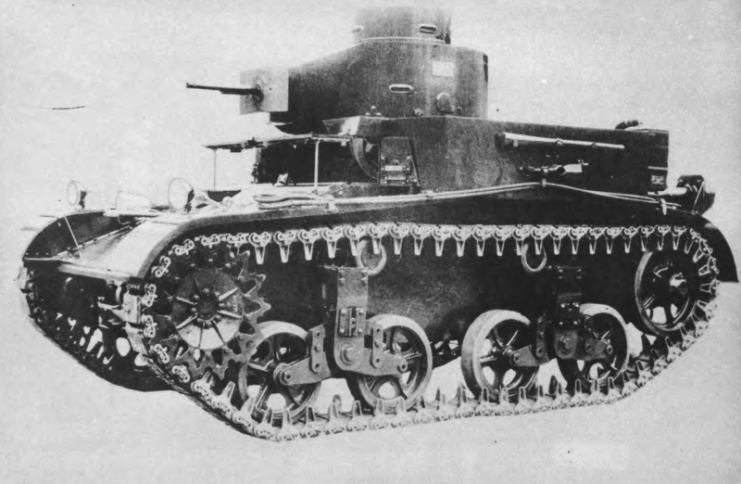
Heavy Weapons and the M3
The tanks that first emerged from the Detroit Arsenal were not the M2A1s for which the facility was first designed. In the time it took to complete construction, the government had changed its mind.
The reason was the M2A1’s gun. Fighting in Poland and France had provided the Army with evidence about how tanks performed in battle. This led to the disturbing conclusion that the M2A1’s gun was significantly underpowered. To be effective, a tank needed a gun that could penetrate the armor of other fighting vehicles. The war in Europe had proved that a 37mm gun, like that on the M2A1, wouldn’t be powerful enough.
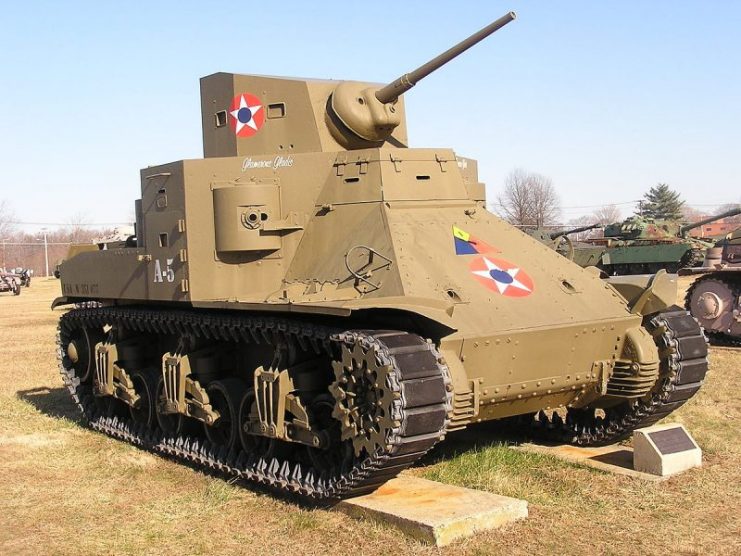
The Ordnance Department agreed to the Army’s request for a 75mm gun on its tanks. But this created a problem. American tank designers had never considered such a heavy gun and the M2A1’s turret was too small for it. A completely new tank would have to be built.
In the meantime, they needed to get something into production. A hasty redesign of the M2A1 led to the M3, which moved the existing turret and added a 75mm gun in a sponson to one side. It wasn’t an optimal design, but it let Chrysler set to work on its 1,000-tank contract.
The engineers swiftly modified their factory. Three weeks after receiving the final designs, Chrysler completed its first M3.
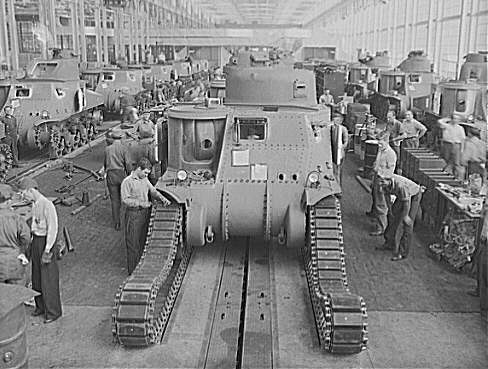
The Sherman
Meanwhile, a new tank was being designed. Though still only a medium tank, it was better armed than its predecessors, with a 75mm gun in its turret. This was the M4 Sherman.
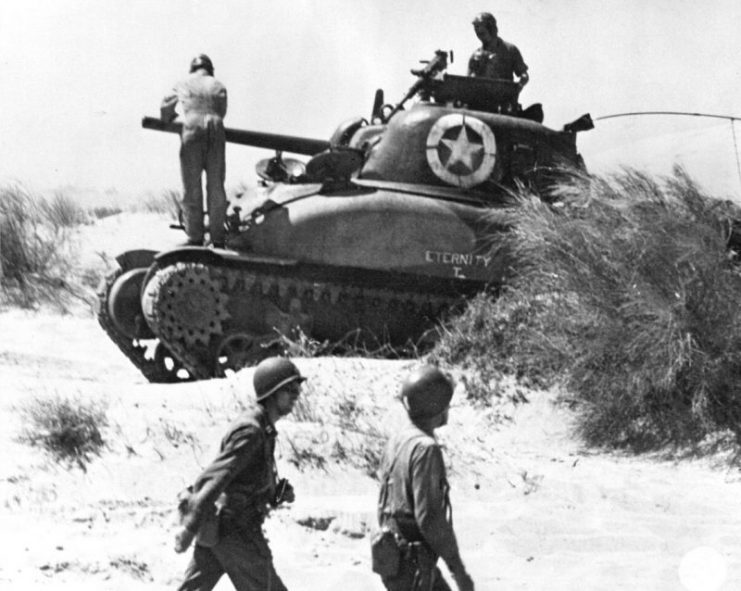
In designing the Sherman, the Americans learned from the example of the Soviet T-34. They selected a single decent design that they could easily produce in massive numbers.
The Sherman became the core tank of American and British armored formations. Its mass production meant the western Allies had a plentiful supply of armor.
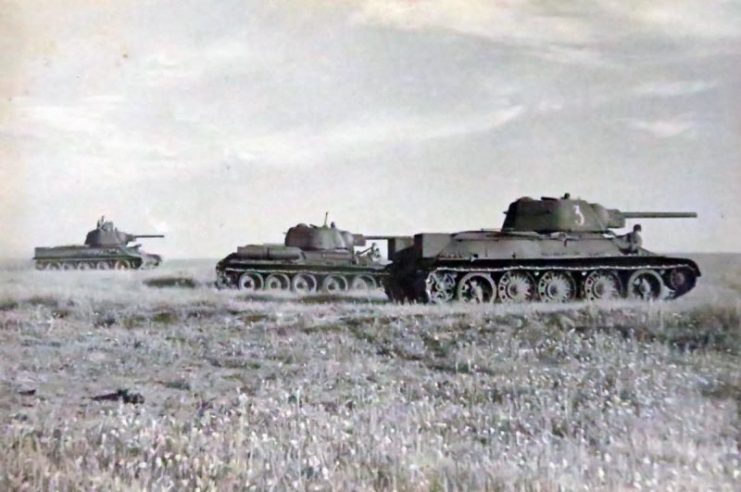
But it was never as successful as the T-34. Its tendency to burst into flames when hit became infamous among tank crews, who nicknamed it the “Ronson” after a cigarette lighter. Criticall for winning the war, it arrived later than the T-34. By 1944, the state of tank warfare had changed.
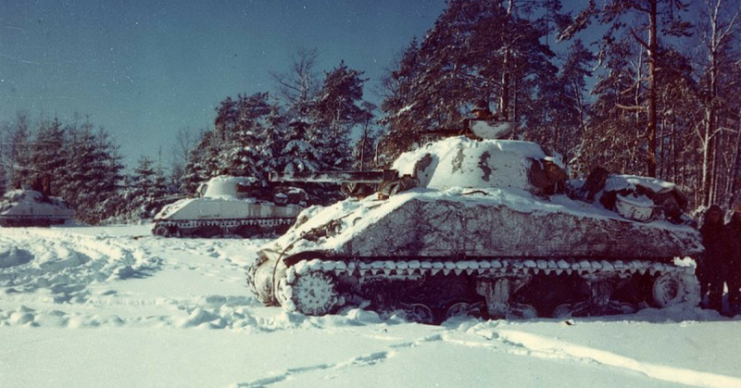
The Struggle Over Heavy Tanks
Throughout the war, tanks fought other tanks. Heavy tanks were crucial to this. Armor grew thicker and guns grew heavier to penetrate it. The Sherman, though perfectly serviceable, was no match for German Tigers and Panthers.
With surprising foresight, the Ordnance Department had been working on a heavy tank since 1940. The design they developed was the M6, an excellent tank in many ways, though early models had problems with weight, crew conditions, and fire control. The Army’s Armored Force, which at the time was committed to lighter tanks, used these flaws to stall production.
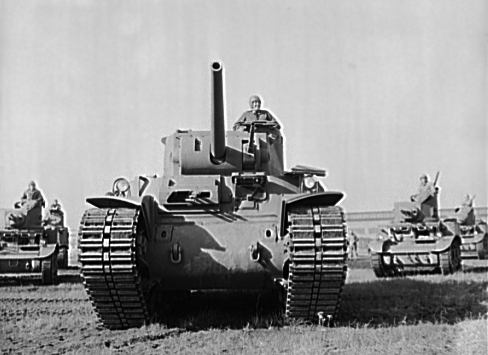
The Ordnance Department and the Armored Force struggle over the fate of the M6 until late in the war. At last, as the importance of heavy tanks became impossible to deny, the M6 went into production. By the time a few of these tanks reached the battlefields of Europe, there were only weeks left of the war.
Read another story from us: Top Facts About The Sherman Tank: An American Workhorse
Throughout World War Two, misjudgments over production hindered the US tanks. The focus on lighter tanks repeatedly caused problems, while the decision to start production with locomotive rather than automobile companies slowed down mass production. The army always learned from these incidents, but that was little help to the men using inferior armaments along the way.
